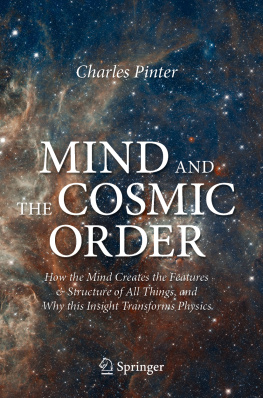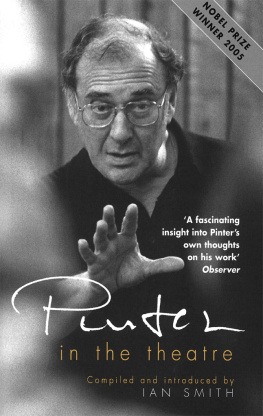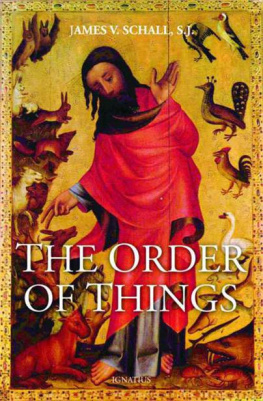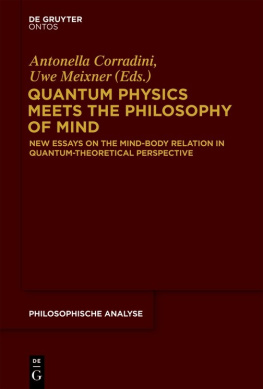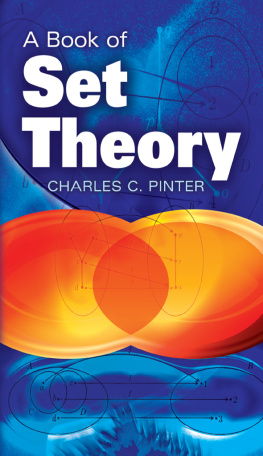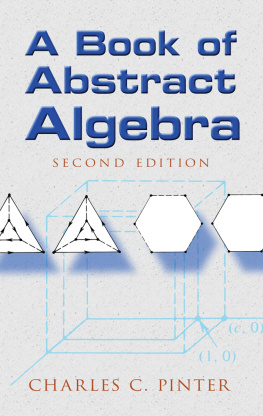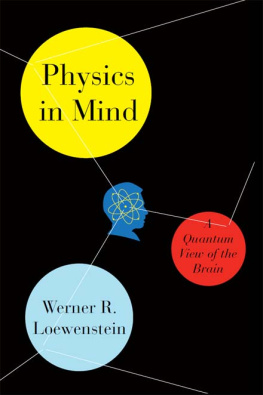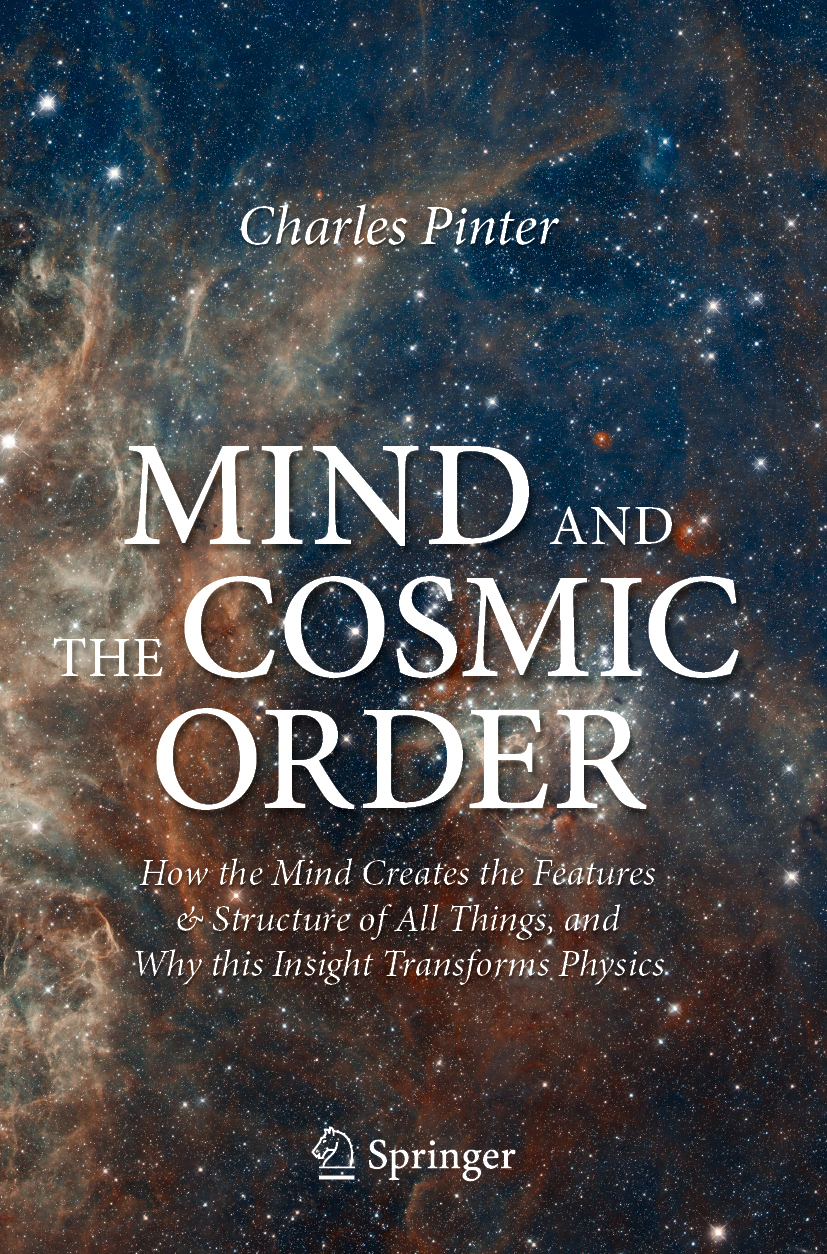Charles Pinter
Mind and the Cosmic Order
How the Mind Creates the Features & Structure of All Things, and Why this Insight Transforms Physics
1st ed. 2021

Logo of the publisher
Charles Pinter
Lewisburg, PA, USA
ISBN 978-3-030-50082-5 e-ISBN 978-3-030-50083-2
https://doi.org/10.1007/978-3-030-50083-2
The Author(s) 2021
This work is subject to copyright. All rights are solely and exclusively licensed by the Publisher, whether the whole or part of the material is concerned, specifically the rights of translation, reprinting, reuse of illustrations, recitation, broadcasting, reproduction on microfilms or in any other physical way, and transmission or information storage and retrieval, electronic adaptation, computer software, or by similar or dissimilar methodology now known or hereafter developed.
The use of general descriptive names, registered names, trademarks, service marks, etc. in this publication does not imply, even in the absence of a specific statement, that such names are exempt from the relevant protective laws and regulations and therefore free for general use.
The publisher, the authors and the editors are safe to assume that the advice and information in this book are believed to be true and accurate at the date of publication. Neither the publisher nor the authors or the editors give a warranty, expressed or implied, with respect to the material contained herein or for any errors or omissions that may have been made. The publisher remains neutral with regard to jurisdictional claims in published maps and institutional affiliations.
Tarantula Nebula in the constellation Dorado. Hubble Space Telescope image heic1206a
This Springer imprint is published by the registered company Springer Nature Switzerland AG
The registered company address is: Gewerbestrasse 11, 6330 Cham, Switzerland
To the memory of my late wife Donna Krewedl Pinter, without whom this book would not have been written. And to the archetypal muses who gave shape to my words and thoughts
Contents
About the Author
Charles C. Pinter
Charles C. Pinter was raised in Tangier, Morocco, and had his schooling at the French Lyce. He has the degree of Docteur-s-Sciences (Doctorat dEtat) from the University of Paris, where he studied mathematical physics and philosophy. He is a highly regarded researcher in the Theory of Models. A recent review of his work states, Charles Pinter does not publish often, but every one of his papers is a milestone. He is the author of textbooks in abstract algebra and set theory. Currently, he is Professor Emeritus at Bucknell University.
Pinter has lectured at a number of universities worldwide. He was Fulbright Visiting Professor at the University of Malaya (with the title of Maha Guru), and likewise Fulbright Professor at San Marcos University in Lima, Peru. From his years as an undergraduate student, he has a degree in journalism and was a student in the School of Oriental Languages (Ecole des Langues Orientales) in Paris where he studied Chinese and Japanese. Early in life, he held such jobs as house painter, ranchero and interpreter.
The Author(s) 2021
C. Pinter Mind and the Cosmic Order https://doi.org/10.1007/978-3-030-50083-2_1
1. Introduction
Lets begin with a thought-experiment: Imagine that all life has vanished from the universe, but everything else is undisturbed. Matter is scattered about in space in the same way as it is now, there is sunlight, there are stars, planets and galaxiesbut all of it is unseen. There is no human or animal eye to cast a glance at objects, hence nothing is discerned, recognized or even noticed. Objects in the unobserved universe have no shape, color or individual appearance, because shape and appearance are created by minds. Nor do they have features, because features correspond to categories of animal sensation. This is the way the early universe was before the emergence of lifeand the way the present universe is outside the view of any observer.
To living beings, the universe has all the color and detail given by the senses. Due to biological imperatives, we are made to imagine that objects really are exactly as we experience seeing them. We likewise imagine that when we observe things, it suffices to cast a glance at them and their structure is immediately and directly revealed to us: We are not consciously aware of the elaborate computations that our sensory systems do in the background. Consequently, we believe that what we discern is already out there, just as we see it. We have a nave idea that our eyes simply harvest the bounty of structure and shapes that exist in the world independently of us, inviting our glance.
Shape and structure are incorrectly believed to be an inherent aspect of solid matter: Actually, they are produced by the synthesizing effort of observers. We are misled even though current knowledge explicitly reveals that our nave thinking is flawed. In contemporary science we continue to view objects uncritically in the categories constructed by the senses, and investigate them in terms of features attributed to them by our organs of sensation. Even hypothetical entities such as elementary particles and force fields are dressed up to look like things were familiar with.
The honeymoon with the senses, however, is coming to an end, and fundamental physics is emerging in a new form. For example, the theory of quanta has been stalled for a hundred years by what appears to be a paradox. It has been known for almost a century that when a fundamental particle such as an electron is not observed, it does not exist in the form of a material particle but as an abstract wave of probabilities. Yet, the instant the same electron is observed, it springs into reality as a material particle having a position, speed and direction of motion. This fact presents a huge dilemma not only for physics, but for our very concept of how the world worksfor it suggests that the conscious mind has causal power over material phenomena. (It doesnt). The reason for this apparent anomaly is that we conflate physical events with the way they appear to our senses.
The time is now ripe, in science and in philosophy, to undo this tangle. The advance of science requires us to redraw the boundary between the physical world and the world as it presents itself to our senses. Our innate model of reality was designed by nature to promote the survival of our species, not to probe the cosmos. To understand the universe, the first step is to understand our senses and how they mold our picture of reality.
For example, the logic of animal vision requires that what we see appear to be located in the world outside of us. Thus, objects are displayed to the beholder at varying distances laid out in ambient spacethough the visual image is actually formed in the viewers head. This is a necessary deception built into the brain by nature. In fact, its a kind of hallucination. This paradoxical fact is in the very nature of sensory perception. Everything we perceive is a hallucinationnot because what we see is mistaken, but because forms and features arent aspects of brute matter but creations of perception. (See e.g., Andy Clark,

